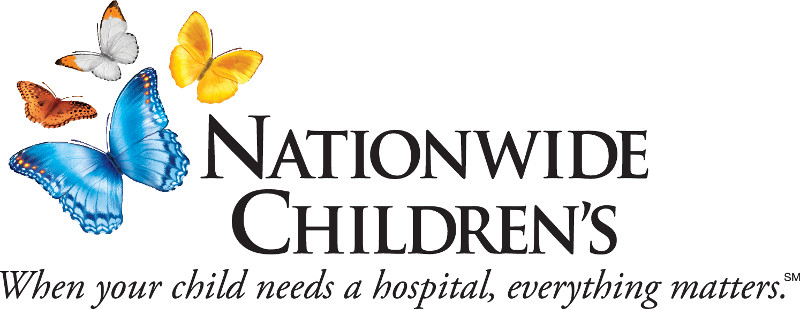Newswise — Preliminary results from the largest genome scan ever attempted in autism research have just been published in Nature Genetics. Investigators from Columbus Children's Research Institute at Columbus Children's Hospital, joined scientists from around the world to form the first-of-its-kind autism genetics consortium known as the Autism Genome Project (AGP). The international collaboration was funded by Autism Speaks, a non-profit organization dedicated to raising awareness of autism, and the National Institutes of Health (NIH). The Center for Quantitative and Computational Biology at Columbus Children's Research Institute is the project's Data Coordinating Site, playing a significant role in the management of the data collected for this research.
The AGP began in 2002 when over 120 scientists from more than 50 institutions came together to share their samples, data, and expertise to facilitate the identification of autism susceptibility genes. Using "gene chip" technology, the consortium searched for genetic commonality in autistic individuals culled from almost 1,200 families. The AGP also scanned DNA from these families for copy number variations (CNV), or sub-microscopic genomic insertions and deletions that scientists believe might be involved with autism and other common diseases.
As the Data Coordinating Site, Columbus Children's collected data from all the collaborating institutions and created one comprehensive database, supplying consistent, accurate information back to all investigators working on this research.
"The project is a major effort, involving a significant number of researchers and families affected by autism," said Veronica Vieland, PhD, director, Center for Quantitative and Computational Biology at Columbus Children's Research Institute and a professor of Pediatrics at The Ohio State University. "We're very pleased to have the opportunity to contribute to this research.
"From years of studies, strong evidence points to genetics as an important factor in causing autism," said Dr. Vieland. "The AGP effort is aimed characterizing the specific genes involved, which holds the promise of new and more effective diagnostic and treatment approaches for autism spectrum disorders."
The AGP's innovative work implicates a previously unidentified region of chromosome 11, and neurexin 1, a member of a family of genes believed to be important in neuronal contact and communication, among other regions and genes in the genome. The neurexin finding in particular highlights a special group of neurons, called glutamate neurons, and the genes affecting their development and function, suggesting they play a critical role in autism spectrum disorders.
"By combining cutting edge CNV analysis with the more traditional linkage and association [analyses], the scientists now have a promising new experimental framework to look for autism susceptibility genes," said Andy Shih, Autism Speaks chief science officer. "These exciting findings from the AGP linkage scan confirm the value and contribution of multidisciplinary collaboration to advancing autism research."
Building on this current success, phase 2 of the project is now under way, with researchers scanning the genome for association with new genetic markers, as well as sub-microscopic copy number variations (CNVs) along chromosomes in autism. These findings will guide high-throughput DNA sequencing experiments designed to pinpoint underlying changes in DNA sequences in autism susceptibility genes to ultimately allow researchers to confirm the role of these genes in autism spectrum disorders.
